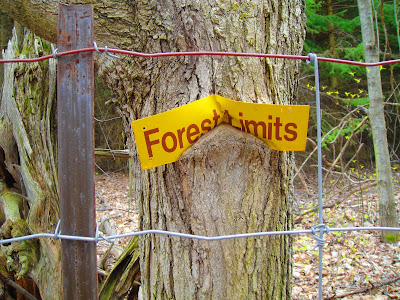ESTARÃO OS TERMOS RETIRADOS DO IDIOMA JAPONÊS A DESAPARECER?
EM BAIXO ARTIGO COPIADO DA WEB PRETORIA BONSAIKAI .
This section of the website is based on a book called 'Bonsai Styles of the World', written by Charles Ceronio.
It contains a comprehensive description of 42 Bonsai styles found throughout the world, it includes Japanese, Chinese as well as African Styles.
If you are interested in getting a copy of the book you can send an e-mail to charlesceronio@telkomsa.net or phone Charles Ceronio at 084 628 1782
This page is dedicated to a couple of African styles, some of which were first developed by Charles Ceronio.
Baobab Style
The Baobab is a native tree which grows in the drier tropical parts of Africa. This enormous, sometimes strangely shaped tree fascinates all who see it.
Botanists depict the baobab as a monarch, a monster of a prehistoric world, a vegetable elephant or a carrot growing upside-down. Some African tribes call it the tree that has been planted upside down by the gods.
This tree is not known for its height, which ranges between fourteen and twenty meters, but for its enormous girth. Livingstone apparently once camped under a baobab with a circumference of twenty-six meters.
--------------------------------------------------------------------------------
Pierneef Style
The Pierneef or open-umbrella shape is exclusive to Africa. The African continent has the largest variety of flora in the world, but the Acacia dominates the African scene. These superb trees with their semi-circle crowns, like open umbrellas, inspired Charles to develop a new African style.
The umbrella-shaped form was spontaneously named after the well-known South African artist, Jacob Hendrik Pierneef, who depicted many of these tree forms in his paintings.
--------------------------------------------------------------------------------
Bushveld Style
The bushveld (Afrikaans for land covered by trees) is a broad area found in the warmer subtropical parts of Southern Africa. The trees growing in this area have specific natural growth characteristics and, as in most African tree species, the branch structure is very informal and zigzagged. The dry conditions hamper the development of these trees, resulting in their unique forms.
The main objective of the style is to achieve a natural appearance and radiate an air of strength and endurance.
--------------------------------------------------------------------------------
Wonderboom Style
The elbow or Wonderboom style originated with and extraordinarily large and famous wild fig growing on the northern foothills of the Magaliesberg mountains, a range that extends into the suburbs of the city of Pretoria.
It is commonly known as the Wonderboom, meaning tree of wonder, or rather, unique tree.
Over the centuries, the long spreading branches started to grow downwards and came to rest on the ground like an old man resting his elbows. The huge branches then took root and sent up new trees. Several of these branches in turn gave rise to a third circle of trees.
Today the Wonderboom has a height of approximately twenty-five meters and a spread of about fifty-five meters. One thousand one hundred people can sit in the shade of this unique tree.
--------------------------------------------------------------------------------
Wild Fig Style
The wild fig style can be regarded as one of the variations of the broom style.
The dominant feature of the style is a full umbrella silhouette with an extremely wide branch span. The widespread growth of these trees is characteristic of most of the Ficus species growing in the tropical parts of the world.
--------------------------------------------------------------------------------
Flat Top Style
The flat top style has its origin in two Acacia species found only in Africa, namely Acacia sieberana and Acacia abyssinica. These magnificent trees are found in the warmer parts of Africa and have a particular branch formation that inspired Charles to create a new African style.
The A. sieberana is a huge deciduous tree with widespread branches which form a flattened circle similar to the spokes of a wheel when viewed from above.
The A. abyssinica, found in Ethiopia has a more slender trunk and appears more delicate than that of the sieberana. The interesting trademark of these two trees is that the top growth is short, hence the unique flat top.
Propostas:
Antes :
Estilo Fukinagashi
Proposta:
STYLE PINUS CAPE SÃO VICENTE
























































